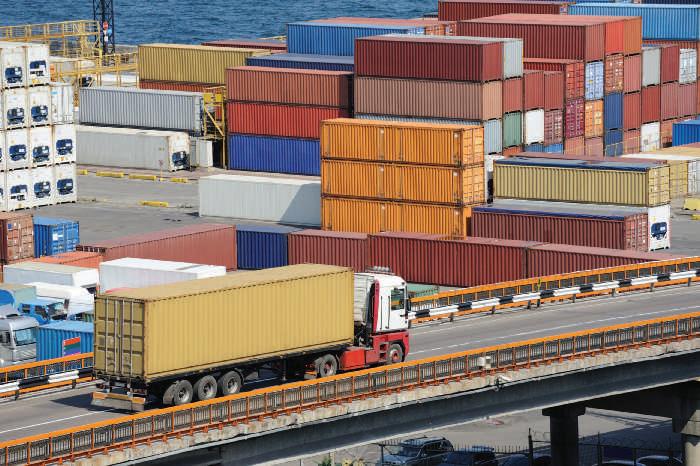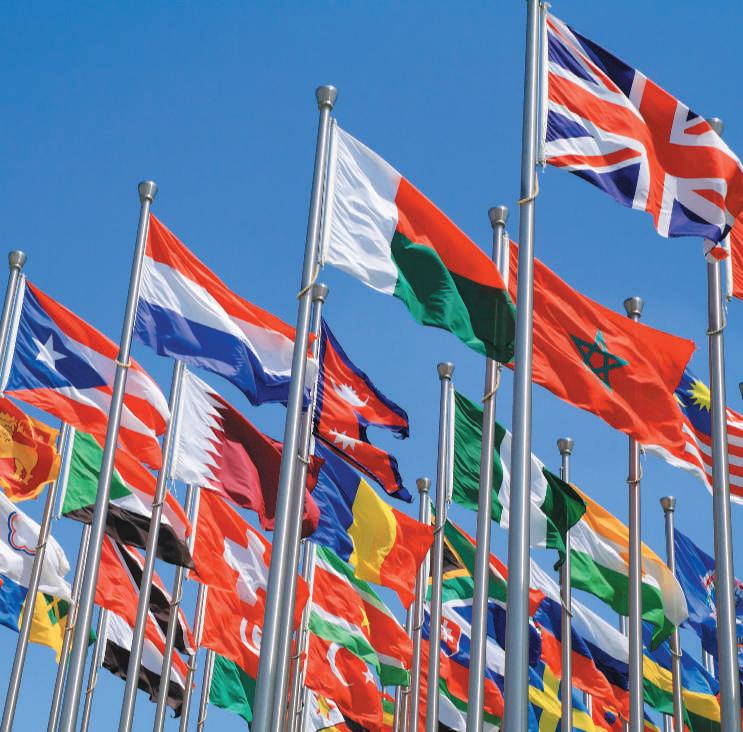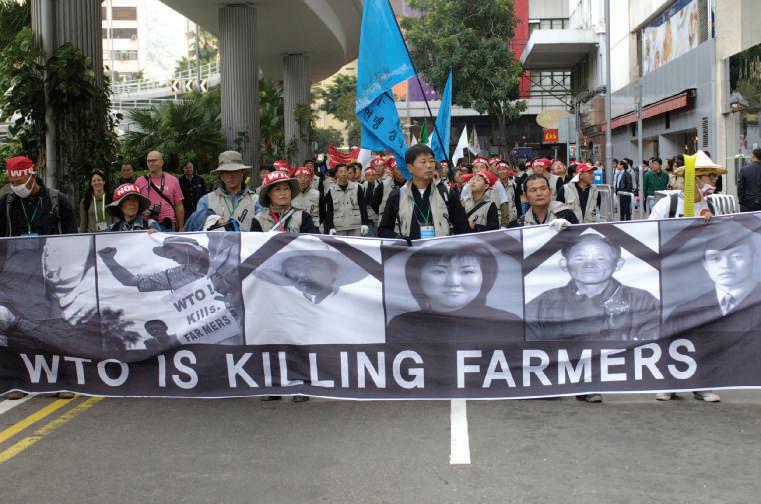T h e G lo b a li z a t io n C o n t r o v e r s y
23
be supported by cell phone companies. However, as countries continue to develop, more consumers will have full access to smartphone capabilities. 18 National regulators are also likely to help by fostering cheap cell access. The developing world missed out on much of the excitement of the initial web revolution, largely because of its lack of an Internet infrastructure and the initial high cost of new technologies. Now that access costs have been decreasing and infrastructure has been expanding, developing countries may be poised to leapfrog the industrialized world in the era of smartphone technology.
R e a l i t y C h e c k LO-5 Research and determine whether the typical middle-class citizen in Mexico is already in the smartphone era.
1-6 The Globalization Controversy19 To its fiercest critics, 20 globalization—the impact of an increasingly free flow of ideas, people, goods, services, and capital that leads to closer integration and interdependence of economies and societies—can be a force for exploitation and injustice. Some socialist- leaning citizens and labor unions believe that capitalism exploits man in the economic sense just as communism exploits man in the political sense. Anti-globalists have drawn support from a broad range of public opinion, and, as a result, they are likely to remain politically influential. Arguments against globalization highlight problems such as the costs of disruptive economic change including job losses and stagnant wages, the loss of local control over economic policies and developments, the disappearance of old industries, and the related erosion of communities. This section will examine several arguments against globalization and their counter arguments. To address this issue objectively, one must also understand the benefits of globalization; for example, why closer economic integration is a force for good and how globalization reduces poverty.
LO-6 Describe the validity of the anti-globalization argument.
1-6a Job Losses and Income Stagnation In developed economies, support for further trade liberalization that could lead to acceleration of globalization is uncertain; in some European countries, voters are hostile to it, which is part of the reason why the Doha Round of trade liberalization has stalled. Critics argue that globalization harms the poor through loss of jobs and stagnant, if not falling, wages. Critics also argue that open trade and foreign direct investment may take jobs from workers in advanced industrial economies (blue-collar and, increasingly, white-collar workers) and transfer them to less expensive workers in developing countries. This leaves the workers in the richer country out of work. This increase in local labor supply drives down wages, causing wage stagnation. Meanwhile, the workers in developing countries are drawn into jobs that may exploit them. These workers often get paid much less than their counterparts in richer countries, and they are often required to work longer hours in substandard environments. As the world enters a “knowledge-based” global economy, advanced countries should expect greater development (based on Heckscher–Ohlin and the factor price equalization trade theory discussed in Chapter 2). Workers in high-income countries will need to use more technology and be more productive in order to maintain or enhance their wage rates. The only way workers in industrialized countries can compete with their counterparts in the developing world will be through increased productivity by using technologically intensive manufacturing techniques.
Copyright 2017 Cengage Learning. All Rights Reserved. May not be copied, scanned, or duplicated, in whole or in part. Due to electronic rights, some third party content may be suppressed from the eBook and/or eChapter(s). Editorial review has deemed that any suppressed content does not materially affect the overall learning experience. Cengage Learning reserves the right to remove additional content at any time if subsequent rights restrictions require it.







































